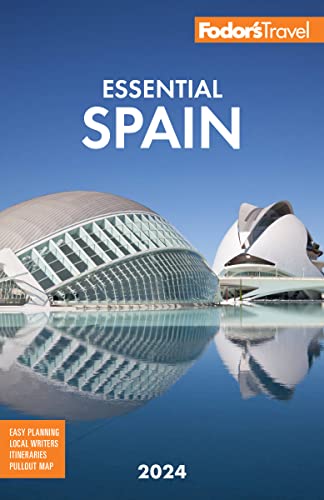Eating and Drinking Well in the Pyrenees
Pyrenean cuisine is hearty mountain fare characterized by thick soups, stews, roasts, and local game. Ingredients are prepared with slightly different techniques and recipes in each valley, village, and kitchen.
The three main culinary schools across the Pyrenees match the three main cultural identities of the area—from east to west, they are Catalan, Aragonese, and Basque. Within these three principal groups there are further subdivisions corresponding to the valleys or regions of La Garrotxa, La Cerdanya, Ribagorça, Vall d'Aran, Benasque, Alto Aragón, Roncal, and Baztán. Game is common throughout. Trout, mountain goat, deer, boar, partridge, rabbit, duck, and quail are roasted over coals or cooked in aromatic stews called civets in Catalonia and estofadas in Aragón and the Basque Pyrenees. Fish and meat are often seared on slabs of slate (a la llosa in Catalan, a la piedra in Castilian Spanish). Sheep, goat, and cow cheeses vary from valley to valley, along with types of sausages and charcuterie.
Wild Mushrooms
Valued for their aromatic contribution to the taste process, wild mushrooms come into season in the autumn. They go well with meat or egg dishes. Favorites include rovellons (Lactarius deliciosus, or saffron milk cap), sautéed with parsley, olive oil, and garlic, and camagrocs (Cantharellus lutescens, a type of chanterelle) scrambled with eggs.
Highland Soups
As with all mountain soups, sopa pirenaica combines restorative animal protein with vegetables and the high-altitude need for liquids. The Spanish version of the French garbure, the classic mountain soup from the north side of the Pyrenees, mixes legumes, vegetables, potatoes, pork, chicken, and sometimes lamb or wild boar into a tasty and energizing meal that will help hikers recover energy and be ready to go again the next morning. Olha aranesa (Aranese soup) is another Pyrenean power soup, with vegetables, legumes, pork, chicken, and beef in a long-cooked and slowly simmered unctuous stew. Similar to the ubiquitous Catalan escudella, another Pyrenean favorite, the olha aranesa combines chickpeas and pasta with a variety of meats and vegetables and is served, like the cocido madrileño, in various stages: soup, legumes, vegetables, and meats.
Pyrenean Stews
Wild boar stew is known by different names in the various languages of the Pyrenees—civet de porc senglar in Catalan, estofado de jabalí in Spanish. A dark and gamy treat in cold weather, wild boar is prepared in many different ways between Catalonia, Aragón, and the Basque Country, but most recipes include onions, carrots, mushrooms, bay leaf, oranges, leeks, peppers, dry sherry, brown sugar, and sweet paprika. Civet d'isard (mountain-goat stew), known as estofado de ixarso in the Pyrenees of Aragón, is another favorite, prepared in much the same way but with a more delicate taste.
Trinxat
The Catalan verb trinxar means to chop or shred, and trinxat is winter cabbage, previously softened by frost, chopped fine, and mixed with mashed potato and fatback or bacon. A quintessential high-altitude comfort food, trinxat plays the acidity of the cabbage against the saltiness of the pork, with the potato as the unifying element.
Duck with Turnips
The traditional dish tiró amb naps goes back, as do nearly all European recipes that make use of turnips, to pre-Columbian times, before the potato's arrival from the New World. The frequent use of duck (pato in Spanish, anec in Catalan, tiró in La Cerdanya) in the half-French, half-Spanish, all-Catalan Cerdanya Valley two hours north of Barcelona is a taste acquired from French Catalunya, just over the Pyrenees.




